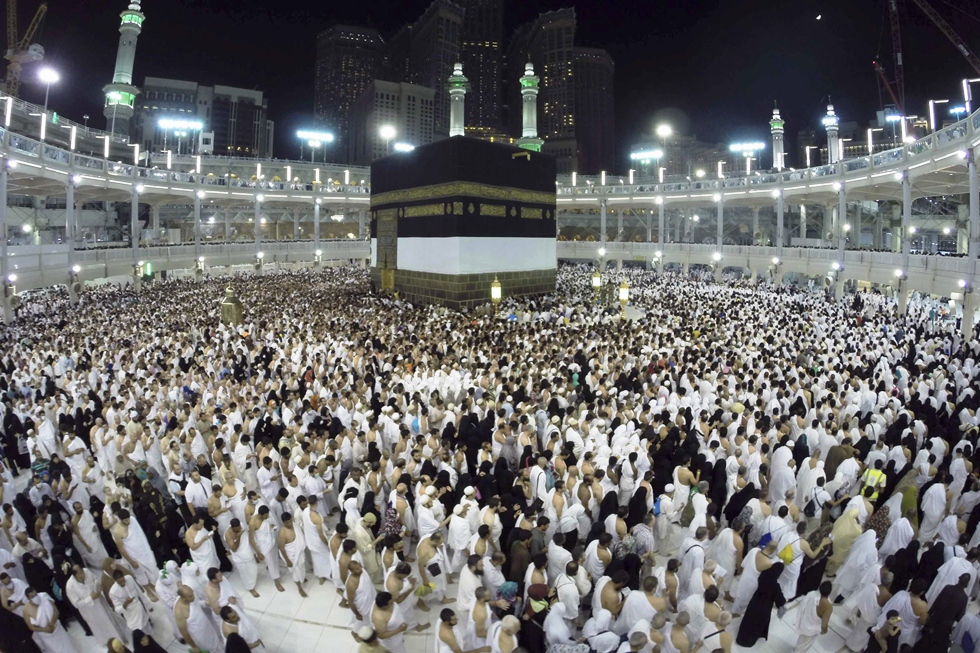
One of the world's largest annual gatherings and a pillar of the Islamic faith, this year's Hajj comes with authorities striving to protect pilgrims from two deadly viruses, Ebola and the MERS coronavirus.
It also comes against the backdrop of widespread revulsion among Muslims toward Islamic State group fighters.
Authorities say close to 1.4 million believers have come from abroad to follow the 1,400-year-old tradition of Prophet Muhammad, alongside pilgrims from Saudi Arabia.
"It is a beautiful feeling," said Aziza Yousfy, 60, from Algeria, before leaving Makkah.
Seeing Mina and Mount Arafat "has always been a dream for me," she said.
Mount Arafat is where the Prophet Muhammad gave his final sermon, after leading his followers on the Hajj.
Sayed Tajamul Haq, 64, an Indian pilgrim walking with his wife, voiced hope that "God will accept our prayers for forgiveness and mercy", during an experience he described with a smile as "fantastic."
Pilgrims will move a few kilometres from Makkah to nearby Mina.
Men wear a seamless two-piece white garment, symbolising a state of purity and emphasising their unity regardless of social status or nationality.
Women also generally wear white, exposing only their faces and hands.
The passage to Mina marks the official start of the Hajj on the eighth day of the Muslim calendar month of Zil Hajj.
In Mina, they will pray and rest before moving on to Mount Arafat for the climax of the pilgrimage rituals on Friday.
COMMENTS (1)
Comments are moderated and generally will be posted if they are on-topic and not abusive.
For more information, please see our Comments FAQ



1732626034-0/BeFunky-collage-(92)1732626034-0-165x106.webp)



1732621030-0/Express-Tribune-(7)1732621030-0-270x192.webp)
1732622842-0/Express-Tribune-(9)1732622842-0-270x192.webp)

1725254039-0/Untitled-design-(24)1725254039-0-270x192.webp)






May Allah accept there prayers amin.